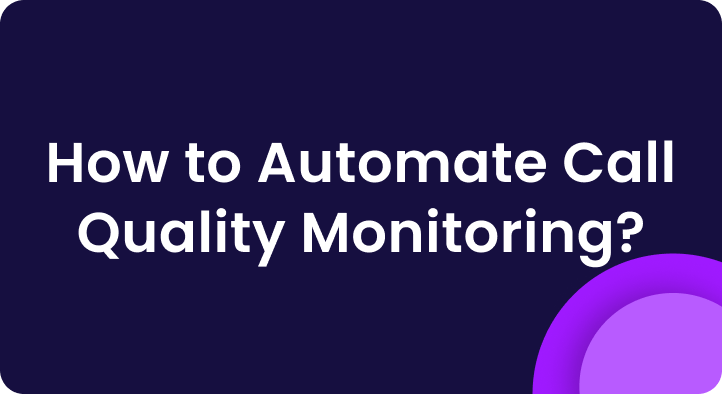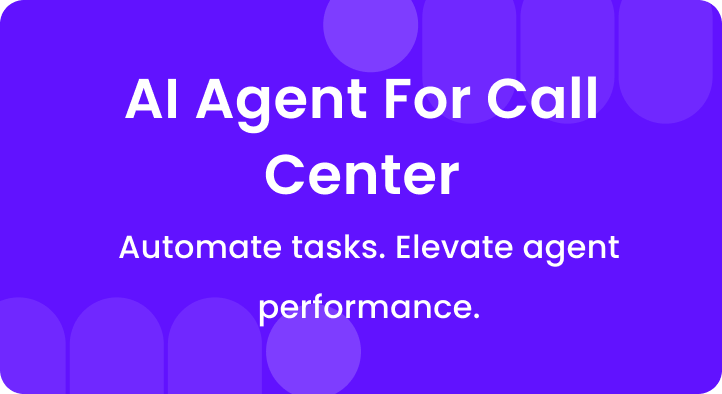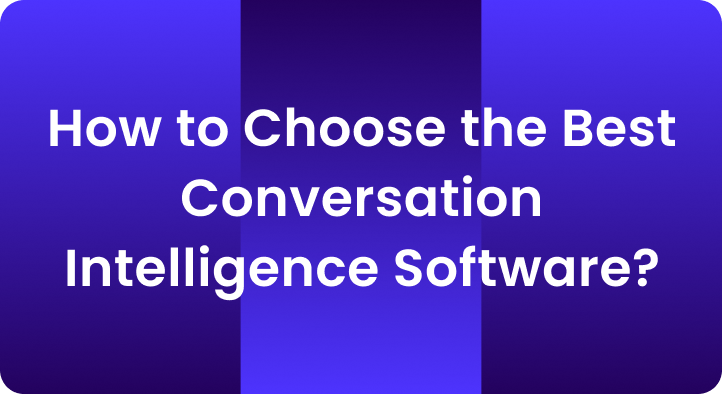Most support teams move fast. New hires are on the phones in a few days. Managers focus on KPIs, schedules, and customer complaints. Training often gets rushed or skipped.
But customers don’t wait. And agents can’t succeed without the right support.
Customer service training is more than showing someone how to use a system. It’s how you build confidence. It helps agents avoid mistakes. It also keeps people from feeling burned out.
In 2025, the job is harder. Customers want fast, helpful answers. Agents work across calls, chats, and emails. Every conversation matters.
This guide will show you how to train your team the right way. You’ll learn what to teach, how to teach it, and how to tell if it’s working.
No extra fluff. Just clear tips you can use to build a stronger support team.
Table of Contents
A. What Is Customer Service Training?
Customer service training teaches your team how to help customers.
It shows them how to speak clearly, stay calm, and solve problems. It also helps them learn your product, tools, and the way your company works.
Training gets people ready for real conversations. Not just the easy ones, the hard ones too.
New agents don’t always know what to say. They might not know how to handle an angry customer or explain a confusing issue.
Training gives them a starting point. It helps them feel more prepared on the job.
It also helps your team give a consistent experience. No matter who answers the call, the service should feel the same.
That’s the goal. Not just answering questions doing it well, every time.
B. Why Customer Service Training Is Important
Training isn’t just something to tick off during onboarding. It has a real impact on how your team performs and how your customers feel.
When agents are trained well, they fix problems faster and with less stress. Customers notice the difference.
In fact, according to Salesforce’s 2024 State of Service report.
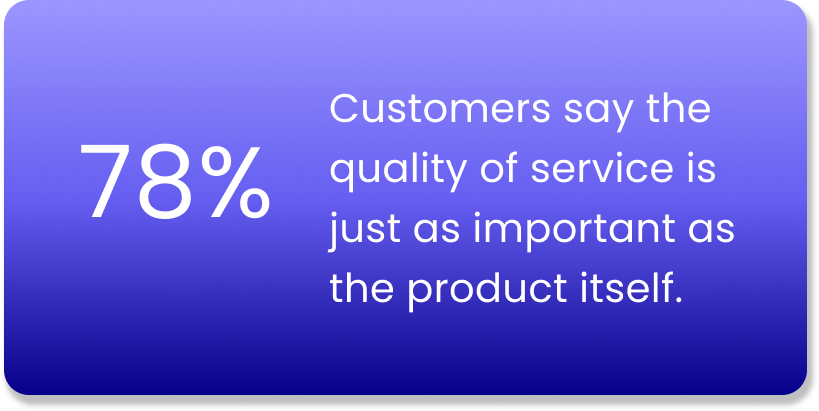
That means your team’s performance directly affects how people see your brand.
Training also helps your agents. A study by Customer Contact Week (CCW) in 2024 showed that 57% of support agents feel more confident and less likely to quit when they get regular skills training.
Without that support, things can go wrong fast. Calls take longer. Errors go up. Customers lose trust. And your best team members burn out.
On the flip side, trained teams don’t just survive, they perform better, stay longer, and build stronger relationships with customers.
That’s why training matters. Not just for new hires, but for everyone.
C. What to Include in a Customer Service Training Program
If you’re building a training program, it shouldn’t just check boxes. It should actually help agents feel ready for the real work. That means covering more than the basics; it means giving them tools that work on the floor, not just in theory.
1. Communication that feels human
Agents need to know how to speak in a way that’s clear, respectful, and easy to understand.
That includes how to stay calm during tense calls, how to avoid sounding robotic, and how to actually listen before answering.
2. Solid product knowledge
If your team doesn’t know what you sell, they can’t support it. That doesn’t mean memorizing every edge case.
It means knowing the common issues, what’s normal, and when to ask for help, without putting the customer on hold every time.
3. Real-world problem solving
Not everything has a script. Sometimes customers bring weird questions or edge cases that fall between the cracks.
Your team needs space to think, troubleshoot, and make judgment calls without getting stuck.
4. Tool training that sticks
You can’t just throw agents into a CRM and expect them to figure it out. Training should include hands-on time with the systems they’ll actually use.
The faster they learn the tools, the more confident they’ll feel with the customer.
5. Multi-channel readiness
Calls, chats, emails, DMs, they all require different tones. A friendly chat message might feel awkward in an email.
Agents need to know how to shift their voice depending on the channel they’re in.
6. Empathy, not scripts
Most people don’t need a perfect answer. They need to feel heard.
Teach your agents how to stay patient, how to respond without getting defensive, and how to end even tough conversations on a good note.
D. Best Ways to Train Customer Service Teams
There’s no perfect training plan, but some methods work better than others, especially in fast-paced support teams.
What matters most is that your training feels real, repeatable, and easy to apply from day one.
Here’s what’s working in 2025.
1. Start strong with onboarding
First impressions matter. A rushed or confusing onboarding sets the wrong tone.
According to a 2024 LinkedIn Workplace Learning Report, 49% of employees say they would stay longer at a company if onboarding was better. That’s a big deal in high-turnover environments like contact centers.
A strong onboarding plan should:
- Be broken into short, focused sessions
- Include time to shadow real agents
- Let new hires handle simple tasks early (with support)
Companies that use a phased onboarding approach report faster ramp-up times and higher QA scores within the first 30 days.
2. Mix theory with real-world practice
The best training doesn’t come from slides — it comes from real calls, actual chats, and hands-on work.
Let’s say you’re teaching de-escalation. Instead of roleplaying with a script, play a recording of a real upset customer. Ask the team, “How would you respond?” Then break it down together.
Support leaders who include call reviews in weekly training often see 20–30% improvements in soft skill QA scores within 60 days.
3. Keep coaching after training ends
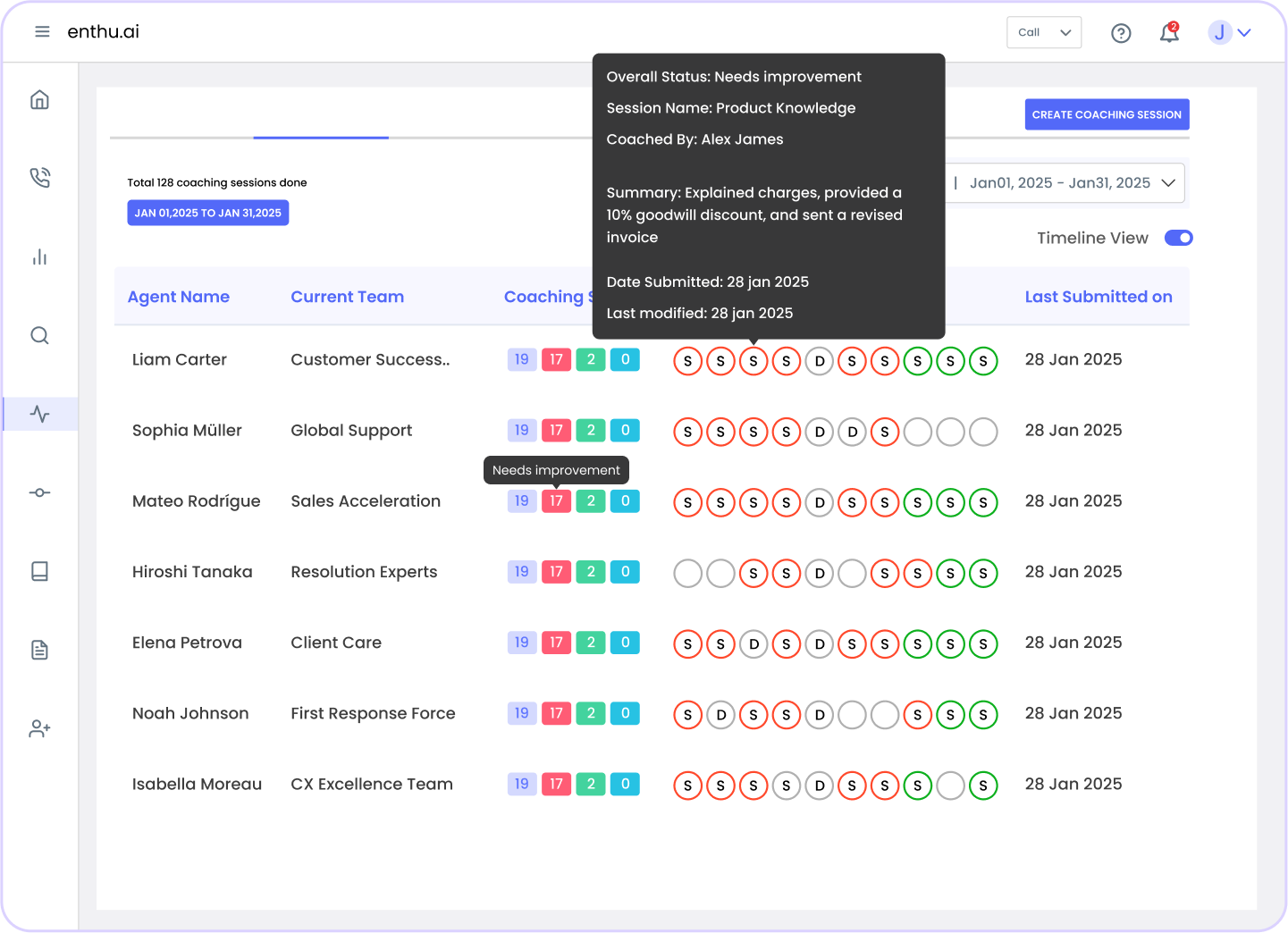
One-time training fades fast. Coaching turns knowledge into habits.
Regular 1:1 coaching, even 15 minutes per week, can reduce error rates, improve handle time, and boost agent confidence. According to a 2023 ICMI report, teams that coach weekly see 26% higher customer satisfaction scores than teams that coach monthly or less.
Use coaching to:
- Reinforce key behaviors
- Spot knowledge gaps early
- Help agents feel supported, not judged
4. Encourage peer learning
Not all training needs to come from a manager. Some of the best tips come from the rep sitting right next to you.
Set up peer buddy systems for new hires. Create shared libraries of call wins. When teams learn from each other, they build trust and avoid repeating the same mistakes.
5. Use short, ongoing lessons
People forget most of what they hear in long sessions. Microlearning, short lessons that focus on one skill, is more effective.
A 2024 study by ATD found that microlearning improves knowledge retention by 17% compared to traditional formats.
Quick idea: Send out a two-minute tip each Tuesday. One idea, one example, one takeaway. No fluff.
6. Adapt training to the role
Support isn’t one-size-fits-all. The tone and timing in a phone call are different from live chat or email.
Make sure training reflects the actual channels your team uses. If someone handles billing questions, teach them how to explain fees clearly. If someone works on social support, teach tone control under public pressure.
E. Customer service training methods that work in 2025
If you’ve ever trained a new hire during a busy week, you know this: most people don’t learn best from sitting in a three-hour Zoom call.
They learn in small moments, watching a teammate handle a tough call, asking questions in between tickets, or practicing how to explain something without sounding like a robot.
That’s why the way we train customer service teams has changed. In 2025, it’s less about long PowerPoints and more about real-world learning that sticks.
Here’s what’s working now.
1. Microlearning
Think short lessons, 5 or 10 minutes max. One skill at a time. One idea that can actually be used on the next call.
Let’s say you want to help reps improve tone. Don’t run a full training. Just send a quick clip: “Here’s a 2-minute call. Notice how the agent calms the customer down with just two sentences. Let’s break it down.”
It works because it’s simple. It fits into the day. And people actually remember it.
2. Blended learning
Some things are worth talking through live, like how to handle angry customers. Others can be self-paced, like product overviews or system walk-throughs.
Combining both saves time, keeps things flexible, and gives agents more control over how they learn. Plus, if someone misses something, they can always go back and rewatch.
3. Scenario-based training
Forget the perfect, scripted roleplay. Pull a real ticket or call where things went sideways. Ask the team: “How would you handle this differently?”
It’s uncomfortable, but it’s honest. It helps reps think in the moment, adapt to messy situations, and get used to pressure in a safe way.
The best part? These moments stick more than a checklist ever will.
4. Self-paced learning
Some agents pick things up fast. Others need a little more time, especially when it comes to tools or processes. Self-paced training gives people the breathing room to learn without the pressure of keeping up.
It also helps remote teams stay aligned without needing to be on the same schedule.
5. Peer learning
Your experienced agents have probably figured out smart ways to deal with tricky situations, stuff that’s never written down but works every time.
Let new hires sit in on those calls. Encourage buddy systems. Create spaces where people can ask questions without feeling dumb.
This builds culture, not just skills.
F. How to Measure Training Success
Training isn’t really “done” until you know it’s working. You can spend hours building the perfect onboarding plan or running workshops, but if it’s not showing up in how your team performs, it’s just noise.
The good news? You don’t need a complicated dashboard to track results. A few simple signals can tell you if your training is doing what it’s supposed to do.
1. Are agents getting up to speed faster?
Start by looking at ramp time. How long does it take a new hire to handle calls or chats on their own? If training is working, that number should go down, or at least feel smoother for everyone involved.
Ask your team leads:
“Would you trust this new agent to take a call without support after two weeks?”
If the answer is no, something’s off.
2. Are QA scores going up?
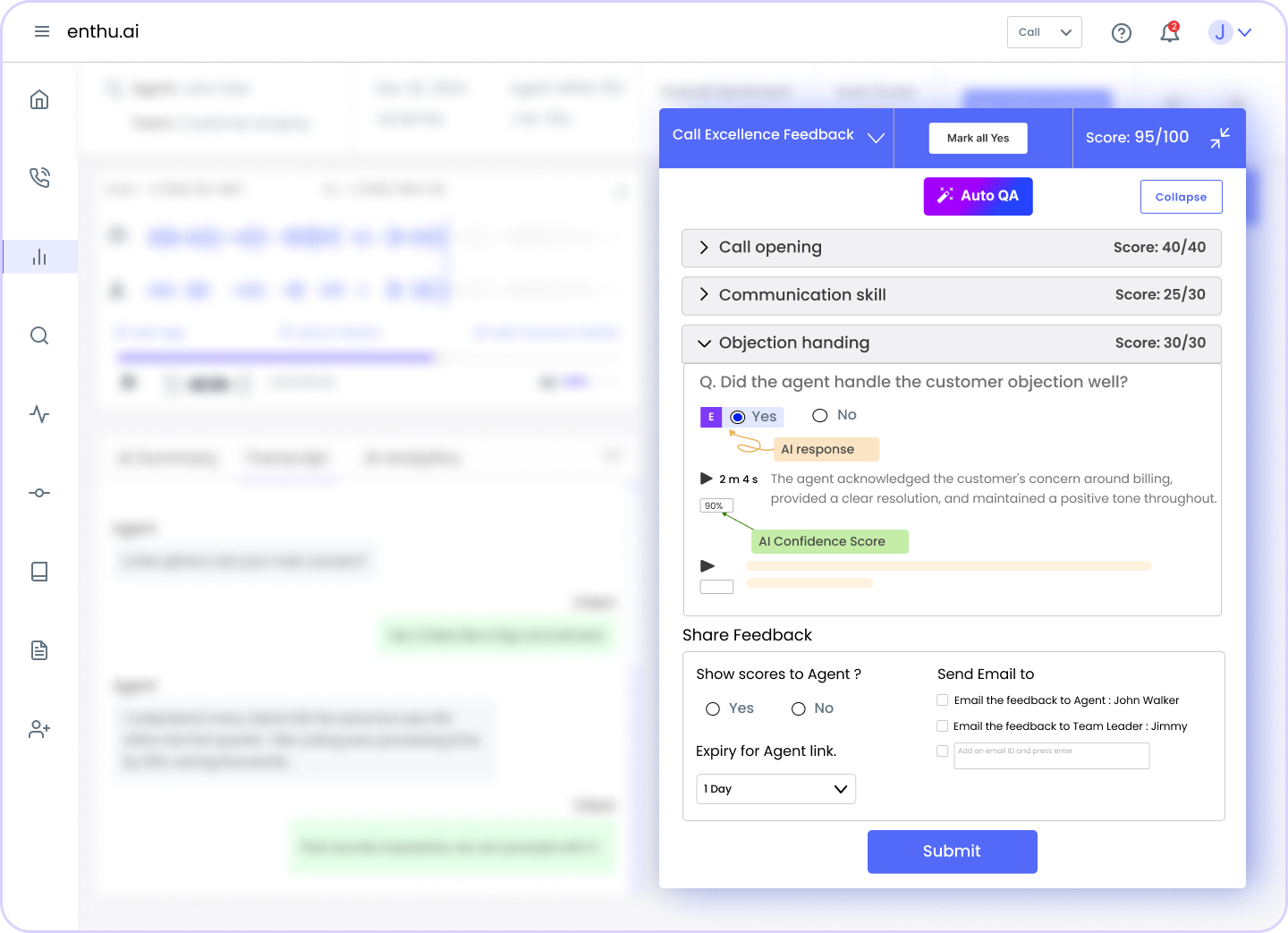
This one’s simple. Good training should show up in the numbers.
If your agents are struggling with tone, empathy, or accuracy, those trends should improve after training. You don’t need massive jumps. Even a 5–10% boost in QA scores over a few weeks tells you you’re on the right track.
Track it per agent, per skill, and even per training module if you can.
3. Are customers happier?
Training should make life easier for customers, too. Check for changes in CSAT, post-interaction surveys, or even ticket follow-ups.
If customers are saying “That rep was helpful” or “The issue got solved fast,” that’s a direct win from training. If feedback stays the same, or drops, it’s worth looking at what didn’t land.
4. Are mistakes going down?
Track the basics:
- Fewer escalations
- Fewer repeat contacts
- Fewer internal pings for help
This kind of progress means agents are making better decisions on the front lines.
5. Are agents more confident?
This one’s harder to measure, but you’ll feel it. Confident agents take more initiative. They sound calmer. They ask fewer “What do I say here?” questions.
Try this: after training, send a short internal check-in.
“How ready do you feel to handle live conversations?”
Use it as a gut check, not a test.
G. Mistakes to Avoid in Customer Service Training
Even with the best intentions, it’s easy to build a training program that doesn’t stick. Some of the most common issues aren’t about effort, they’re about focus. The wrong content, the wrong delivery, or the wrong mindset can waste time and frustrate both agents and managers.
Here are the mistakes to watch out for, and how to fix them.
1. Treating training like a one-time event
You can’t expect a new hire to remember everything from a two-week boot camp. Real learning takes repetition and reinforcement. If agents go through onboarding and then never hear about training again, they’re going to forget most of what they learned.
What to do instead: Build training into the job. Use weekly coaching, team huddles, and real call feedback to keep learning going after day one.
2. Focusing too much on scripts, not enough on thinking
Scripts are helpful, but they won’t cover every situation. Real conversations are messy. Customers go off-topic. Systems break. A script won’t help if the agent doesn’t know how to adapt.
What to do instead: Teach decision-making. Use scenarios and real examples. Show agents how to stay calm, read the situation, and solve the problem, not just read the next line.
3. Ignoring soft skills
It’s easy to focus on the technical stuff, system clicks, ticket tagging, and workflows. But soft skills like tone, patience, and empathy are what customers remember most.
What to do instead: Make soft skills part of your coaching. Play real calls and break down what went well and what didn’t. Celebrate the small wins, like calming a frustrated customer or explaining something clearly.
4. No feedback loops
Some training programs go live and never get updated. No one asks agents what’s working. No one checks if the content is still relevant. Over time, it becomes outdated and ignored.
What to do instead: Ask for feedback after every round of training. What helped? What was confusing? What do they wish they’d known sooner? Use that input to keep improving.
5. Trying to train everyone the same way
Your agents aren’t all starting from the same place. Some are brand new. Some have years of experience. Training them the same way wastes time for some and overwhelms others.
What to do instead: Personalize where you can. Let experienced agents skip what they already know. Give newer folks more time to practice the basics.
H. Trends in Customer Service Training for 2025
Customer service teams are evolving fast. With rising customer expectations, tighter budgets, and more distributed teams, the way we train agents is changing too.
Here’s what’s shaping customer service training in 2025 (and why it matters).
1. Training is getting more personalized
The old “everyone watches the same 2-hour video” model isn’t cutting it anymore.
In 2025, more teams are tailoring training to the agent’s experience, role, and even learning style. New hires might need help with tone and systems. Veteran agents might focus on leadership or coaching skills.
Why it matters:
Personalized training keeps people engaged. It also respects their time, which helps with retention.
2. Short, frequent lessons are replacing long sessions
Time is tight. Nobody wants to sit through a 60-slide deck or a 3-hour Zoom call. Microlearning, quick, focused lessons that take 5–10 minutes, is becoming the norm.
Why it matters:
It fits into the workday. It’s easier to remember. And agents can apply what they’ve learned right away.
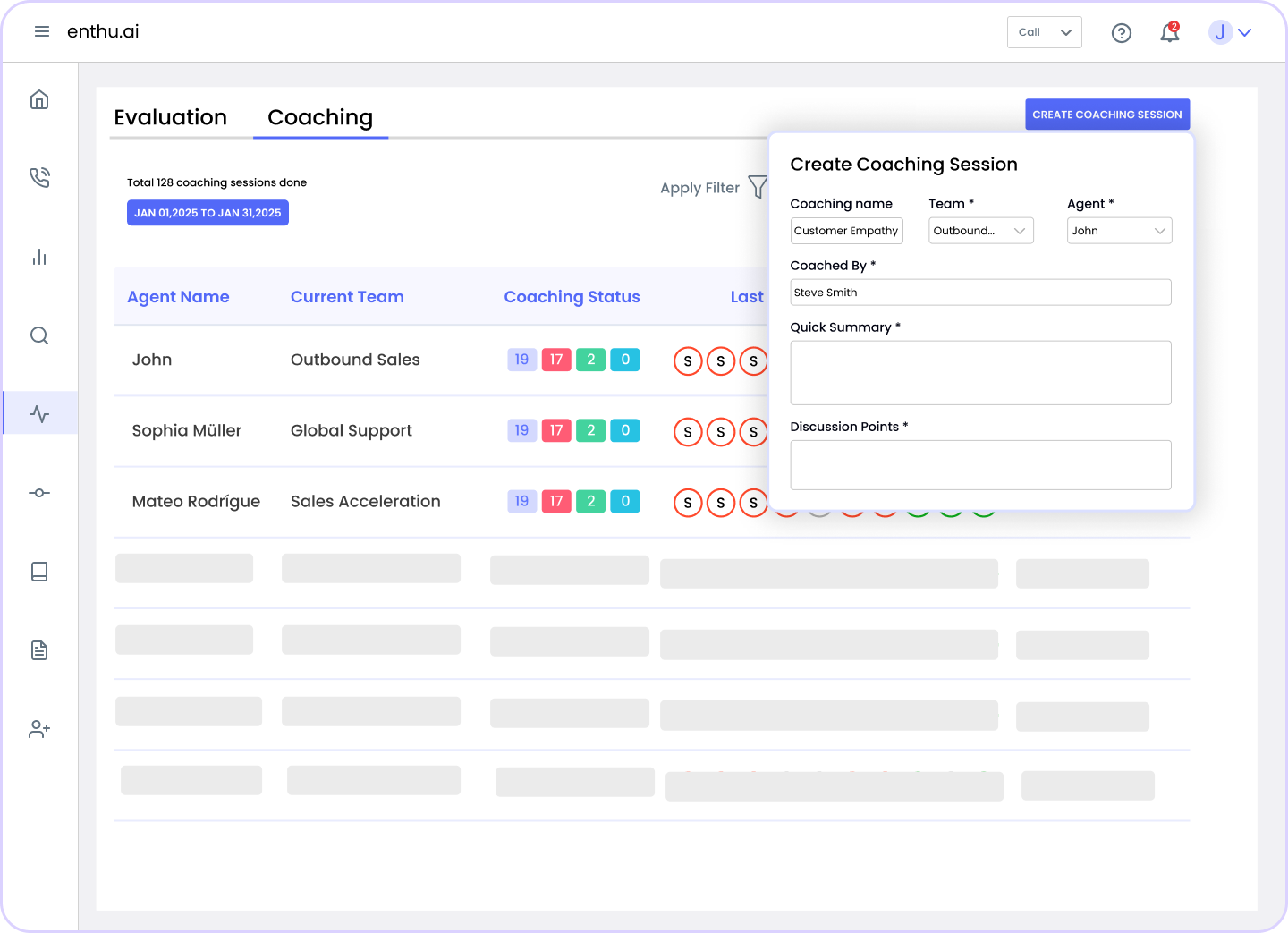
3. Real calls are replacing roleplays
Instead of acting out fake scenarios, teams are using actual recorded calls in training. It shows agents what really happens, not what’s supposed to happen.
You might pause a call at a tense moment and ask, “What would you say here?” It’s raw, but it’s real. And it works.
Why it matters:
It teaches critical thinking, not just scripts. Agents learn how to react, not just repeat.
4. Emotional intelligence is finally getting attention
Soft skills aren’t just “nice to have” anymore. Teams are actively teaching empathy, tone control, and stress management.
With more emotionally charged interactions, especially over the phone and chat, this kind of training is helping agents handle pressure without burning out.
Why it matters:
It leads to better conversations and healthier teams.
5. AI is playing a quiet but growing role
More teams are using AI tools to track common call issues, surface skill gaps, and even recommend coaching topics. It’s not replacing trainers, but it’s helping them target what matters.
Why it matters:
You spend less time guessing where agents need help and more time delivering focused support.
FAQs
1. What type of training is needed for customer service?
Effective customer service training includes product knowledge, handling difficult customers, communication skills, time management, problem-solving techniques, empathy training, active listening, and regular updates on products/services to ensure professional and efficient customer interactions.
2. What are the 5 most important skills in customer service?
The five most important skills in customer service are
- Communication Skills: Clear and effective verbal and written communication.
- Empathy: Understanding and sharing the feelings of customers.
- Problem-Solving: Quickly and effectively resolving issues.
- Patience: Staying calm and composed with challenging customers.
- Product Knowledge: In-depth understanding of the products or services offered.
3. What are the 4 basics of customer service?
The four basics of customer service are courtesy, professionalism, responsiveness, and knowledge. Be polite and respectful, maintain a professional demeanor, address issues promptly, and have a thorough understanding of products and services.
4. What is customer service training?
Customer service training is a structured program aimed at equipping employees with the knowledge, skills, and attitudes necessary to provide outstanding service to customers. This training includes various learning methods and covers everything from basic service etiquette to advanced problem-solving techniques.
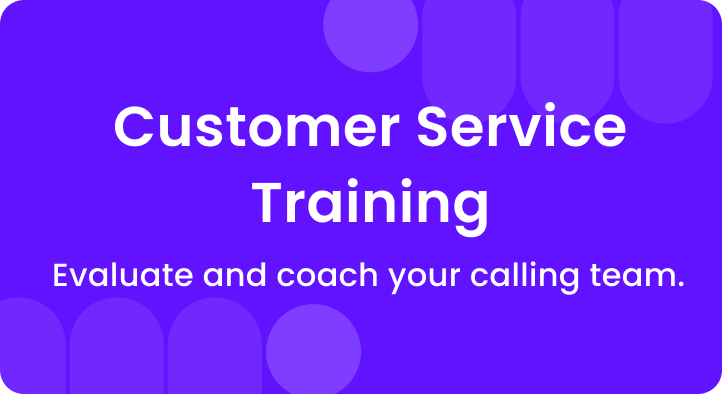


 On this page
On this page